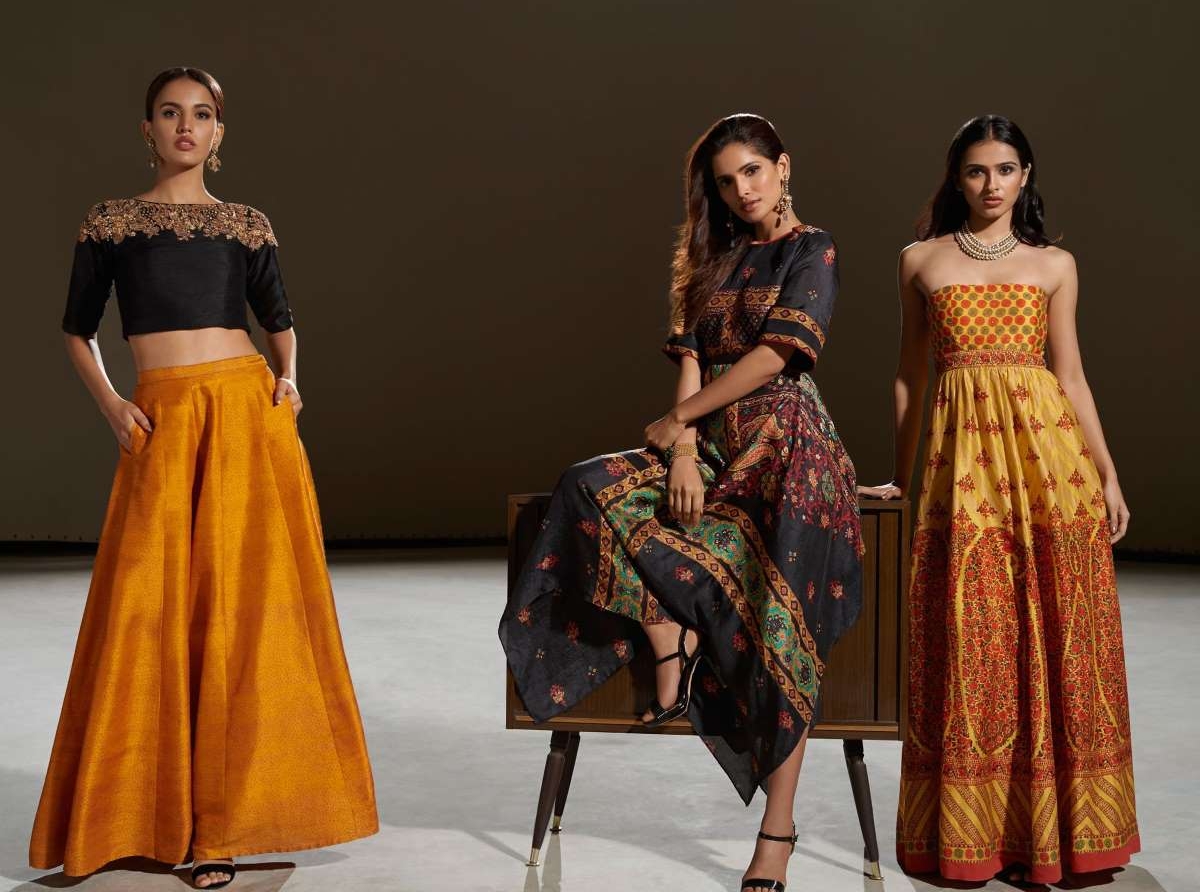From Metros to Small Towns: India's luxury landscape expands as brands woo with bespoke experiences

06 February 2024, Mumbai
India's luxury market is experiencing an explosive rise. Luxury brands like LVMH, Hermès, and Christian Dior are clocking in good growth, driven by a rising affluent class, a shift in consumer preferences, and post-pandemic spending spree.
Moreover, this dynamic landscape is attracting major global brands, eager to tap into its immense potential.
Growing sales reflects boom
Sales indeed are soaring. LVMH India sales increased 33 per cent to Rs 719 crore, with a 37per cent jump in profit to Rs 140 crore in FY23; Hermès India saw 42 per cent sales surge to Rs 249.4 crore and 31 per cent profit rise to Rs 54.3 crore in FY23. Similarly, Christian Dior India recorded 20 per cent sales growth to Rs 183.22 crore in FY23.
As per Bain & Company the market itself is projected to reach $350 billion by 2030, surpassing established players like Japan and Italy. This growth is propelled by the rapidly increasing number of Ultra High Networth Individuals. As per Knight Frank, their ranks are expected to grow 67 per cent by 2025, outpacing China. No wonder, Cartier opened a dedicated high jewellery boutique in Delhi catering to this segment. And as per Statista luxury apparel accounted for the largest share (40 per cent) of India's luxury market, valued at $3.4 billion in 2023 and projected to reach $11.2 billion by 2027.
And it’s the millennials and Gen Z who are driving up the market. Brands too are focusing on them. For example, Burberry launched its ‘B Series’ collection targeting Gen Z with streetwear-inspired designs and a social media campaign featuring Indian influencers.
Dior's collaboration with designer Manish Malhotra successfully merged global luxury with local heritage, creating a sought-after bridal collection. LVMH's online platform has been instrumental in capturing the growing e-commerce demand for luxury apparel. As Raahuul Kapoor, Luxury Ampersand Frolics points out, “Indian luxury is still running on the Covid halo. Buyers are using these brands to define themselves."
Beyond the Metros: A broader canvas
While metros like Delhi and Mumbai are key hubs, Tier II, III cities are witnessing a 30 per cent year-on-year growth in luxury spending, presenting a huge opportunity for brands willing to localise their marketing and distribution strategies. As Ashish Gupta, Managing Partner, Boston Consulting Group India says, brands need to go beyond the metros and build deeper connections with consumers in emerging cities.
What’s more digital-savvy consumers are driving this trend, with 70 per cent researching and purchasing luxury goods online. This necessitates tailoring digital experiences for this tech-savvy audience, says Assocham. "India's luxury market is not just about bling, it's about experiences and self-expression," opines Anita Dongre, founder of luxury fashion brand Anita Dongre
Navigating challenges
However, the segment’s growth hinges on many factors. For example, high import duties and tough regulations require strategic solutions like lobbying for reduced tariffs and exploring local manufacturing. Moreover, it’s a complex cultural landscape, and brands need to be sensitive to diverse cultural values and religious beliefs.
Logistics and infrastructure are other issues. Developing efficient distribution networks and luxury retail experiences outside metros could be a major challenge. Building brand awareness and establishing distribution networks is also a challenge.
Despite challenges, sustainability is a growing priority, presenting an opportunity for brands to offer eco-conscious materials and production processes.
Luxe brand’s India approach
Euromonitor says, India’s luxury market is one of the fastest growing and more and more brands are opening shop here. Among those ready venture are: Dolce & Gabbana, Golden Goose, Balenciaga, and Jacquemus to name a few.
While the market presents a lucrative opportunity, with an affluent population and evolving consumer preferences, understanding the diverse segments, cultural nuances, and regulatory environment will be key to success. Some strategies they could adopt are:
Personalization: Offer bespoke experiences and products to cater to individual preferences.
Localization: Collaborate with local designers or celebrities to create India-specific collections.
Omnichannel: Integrate online and offline experiences seamlessly for a unified brand journey.
Spread out in Tier II and III cities: Invest in targeted marketing and distribution strategies for these emerging markets.

















